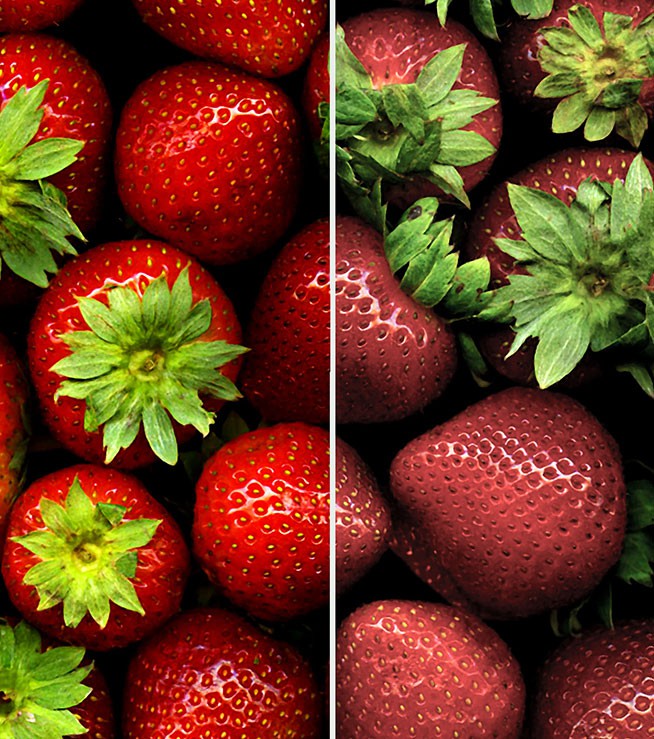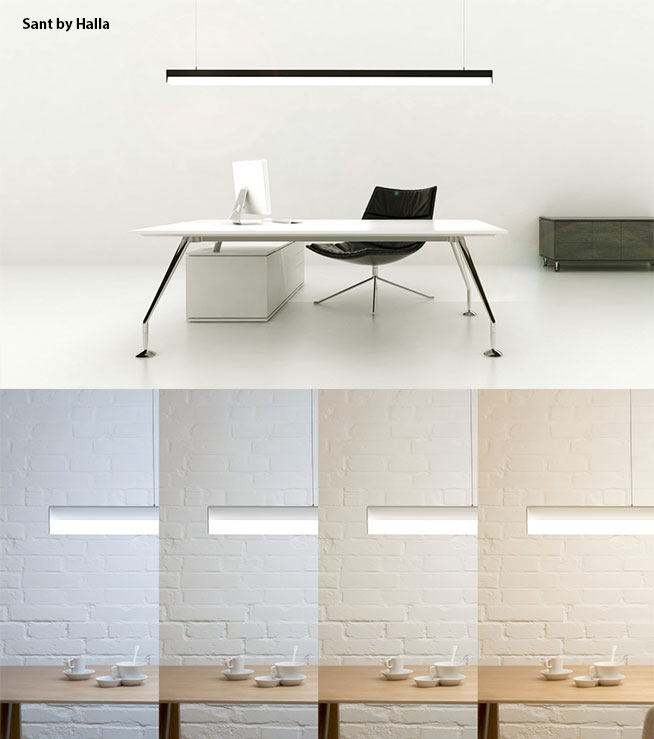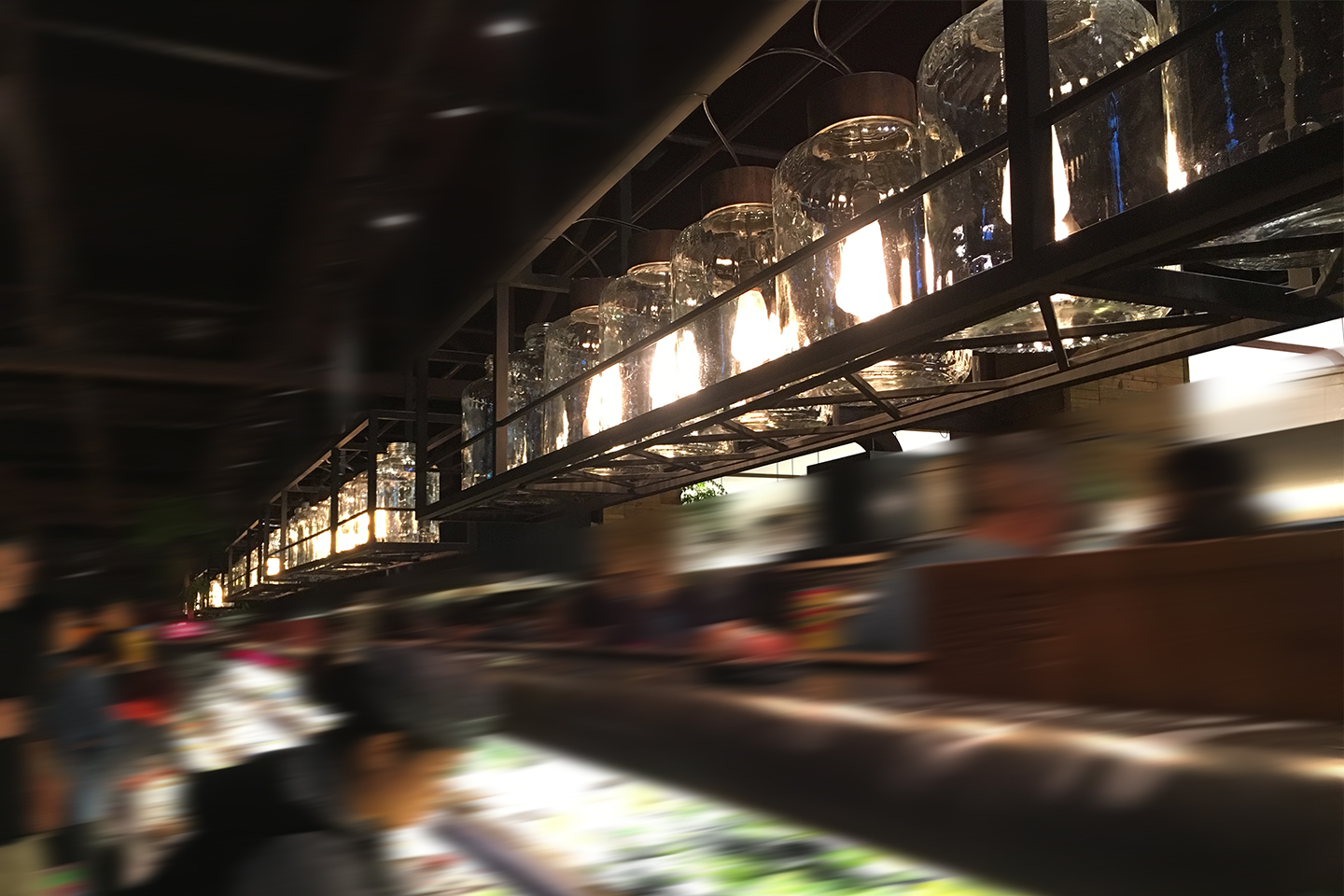
Here at Ledtonix, we are proud to announce that CRI90 strip tape will be available in 2017! We used to have CRI >=80 which is considered to be good colour rendering; but we wanted to offer you the best quality lighting when you come to LEDTONIX, so we made the manufacture to made us GREAT colour rendering. But what is Colour Rendering? and why is having a high CRI a good thing? The Colour Rendering Index consists of 8 colours (R1 – R8) that are tested under the light. The brighter, richer, more saturated and true the colours are under that light, the higher the Ra measurement; or CRI value. CRI is generally measured on a scale of 0-100, with 0 being poor colour rendering and CRI100 being “perfect” colour rendering (like the light that comes from the sun). Between about CRI60-75 is considered pretty poor colour rendering, and is synonymous with older lighting technologies. Nowadays, you’ll generally find LEDs with at least CRI75 or above. The colour temperature also plays a part, as colours will look different under different colours of light. For example, Green could look closer to brown under orange light, and closer to yellow under blue light. In retail environments, gallery spaces, supermarkets and just generally anywhere you want good, true, rich colour, it is best to stick to 3000-3500k and a high CRI. However, there is never a blanket rule as different environments hold their own obstacles. If you’re ever unsure what lighting to use in a certain space, simply contact our friendly staff at Lumen-8 and we’ll be able to help you find the best solution. We have a large range including the latest LED lighting technologies with a wide range of different wattages, colour temperatures and CRI values.
Read More
Light, the body and the sleep/wake cycle Over recent years, industry professionals have become increasingly aware of the vast impact that light has on our physiological, psychological and emotional wellbeing. To stay healthy, alert and productive, people need to have regular circadian rhythms and keep to a constant sleep/wake cycle as directed by our exposure to certain light wavelengths during the day. The two key hormones affected by light are the sleep hormone melatonin, and the stress hormone cortisol. When waking up in the morning, it’s important to get our bodies to release enough cortisol to promote alertness. Into the evening and towards sleep, people need to halt the production of cortisol and encourage the release of melatonin to help them get to sleep. To do this, the body needs access to bright light with blue wavelengths in the first few hours of waking up. Brightness and intensity may be decreased throughout the day and by night, blue light must be eliminated and amber tones increased and by the time we head towards sleep we should eliminate light altogether. Humans have evolved to use the sun’s light to dictate their sleep/wake cycle, so correct lighting design for daily living and health is about mimicking sunlight. This means that careful attention must be paid to colour temperature and spectral distribution, light intensity and spatial distribution. The light source is important as the spectral distribution changes with the type of lamp. LEDs and their role in healthy lighting design LED light sources are the best at providing the spectrum of light that the body requires, and they’re the most versatile. LED light sources with tuneable colour temperatures are one of the newest evolutions to market- this means that the colour temperature can be altered throughout the day via the one light source, rather than using multiple light sources. Our supplier RAAT won the 2014 Red Dot lighting award with their Tuneable LED track light, Abaco and our supplier Halla won the 2015 Red Dot lighting award for their tuneable LED linear profile, Sant. Information has been gathered from various resources including our suppliers Philips, Osram, RAAT and HALLA.
Read MoreTo increase productivity, encourage alertness and keep the sleep/wake cycle on the correct path, it’s integral to use lights with a colour temperature of 4000k and higher. Increasing the surface area of a light source can also be beneficial, which means indirect lighting can be an advantage. However, it has been shown that prolonged exposure to excessively bright light levels has been shown to negatively affect emotional wellbeing, so care must be taken to not overdo the amount of light in the space
Create something beautiful /
Any questions about our products?
We are here to help all of your LED lighting needs / solution - The choice is clear.
Contact Us
